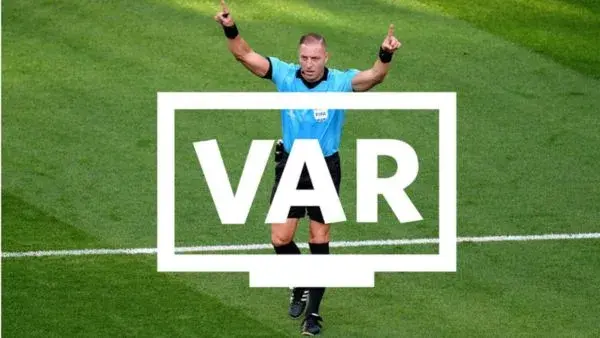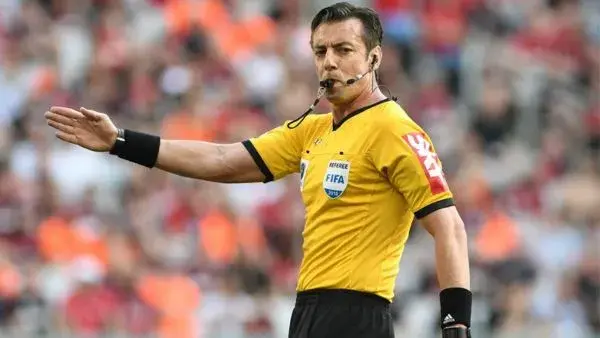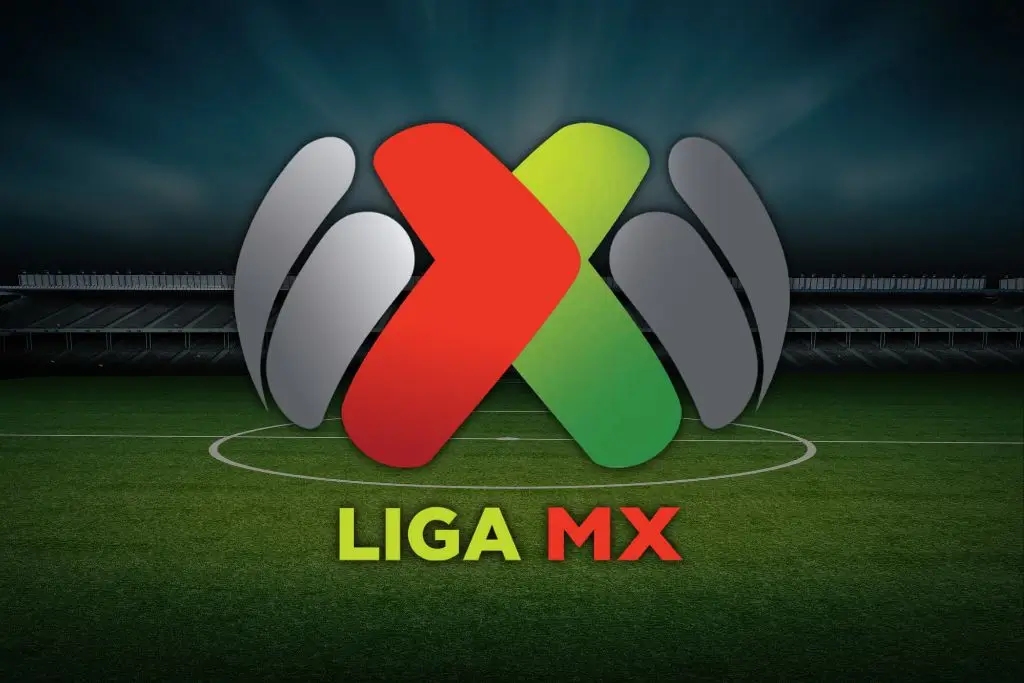Do you know the main rules of football? Take the quiz below and find out if you'd make a good referee
Adverts
Football is one of the most loved and played sports in the world, attracting millions of fans and players to stadiums and amateur pitches.
Its popularity is due as much to the simplicity of the game as to the passion it arouses in those who watch it. However, to ensure that the contest is fair and competitive, football is governed by a set of well-established rules.
The rules of football are developed and updated by the International Football Association Board (IFAB) and FIFA, and their main purpose is to maintain the integrity and fluidity of the game.
Adverts
These guidelines are responsible for organising every detail of the game, determining everything from the duration of matches to how to deal with infringements and penalties. And since it's the referee who applies and enforces the rules on the pitch, they need to have the knowledge at their fingertips!
Although many of the rules are familiar to regular fans, some details may seem complex to those who don't follow the sport closely.
Understanding the rules can be the difference between correctly interpreting a move or being confused by the referees' decisions. That's why knowing the guidelines is essential for anyone who wants to deepen their understanding of the game.
Read on and find out all about the rules of football, in a clear and didactic way, so you can enjoy every minute of this sport that moves so many people!
Quick Index:
History of Football Rules
The rules of football, as we know them today, were first formalised in England in 1863, when The Football Association was created.
Before that, different variations of the game were played in different regions, each with its own rules. The standardisation of the rules helped to consolidate the sport and promote organised competitions.
Read more: The History of Football
The role of FIFA and IFAB
FIFA, founded in 1904, has become football's main global governing body.
However, it is the International Football Association Board (IFAB), made up of the British associations and FIFA, that is responsible for reviewing and approving changes to the rules.
This combination ensures that the rules are universal, but respect the tradition and evolution of the sport.
Football's Main Rules
Find out about the main rules of football and see if you didn't know any of them:

1. game structure and duration
Football is divided into two halves of 45 minutes each, with a 15-minute break in between. If the game ends in a draw and a winner is required, two 15-minute periods can be played, known as extra time. If the tie persists, the result is decided by a penalty shoot-out.
During the 90 minutes of regulation time, the referee can add extra time to compensate for stoppages and substitutions. This additional time, known as "added time", is indicated at the end of each half.
2. The Field and Equipment
The football pitch must be between 90 and 120 metres long and between 45 and 90 metres wide, with standardised markings for areas such as the penalty area and the centre circle. The players' equipment includes a shirt, shorts, socks, shin pads and boots. Goalkeepers wear different uniforms to the linesmen so they can be easily identified.
3. Number of players and substitutions
Each team must start with 11 players, including a goalkeeper. If a team has fewer than 7 players due to injury, expulsion or any other reason, the match must be stopped. Substitutions, in international tournaments, allow for up to five changes, but they must take place in three stoppages so as not to excessively interrupt the flow of the game.
4. Starting and restarting the game
The game begins with a kick-off from the centre of the pitch. After a goal, the match is restarted in the same way. Goal kicks, corner kicks and throw-ins have specific rules to determine how and where the ball should be repositioned on the pitch.
5. Faults and offences
There are two main types of fouls: direct and indirect. Direct fouls result in free kicks that can be taken directly towards goal. Indirect fouls require the ball to touch another player before entering the goal. Yellow and red cards are used to caution and send off players, depending on the severity of the offence.
6. Free Throw and Goal Shoot
The free kick can be direct or indirect, depending on the offence. The opponents must be at least 9.15 metres away. The goalkeeper's free-kick is awarded when the ball goes over the end line, touched by an attacker.
7. Impediment
Offside occurs when a player is closer to the opponent's goal line than the penultimate defender at the moment the ball is passed. The offside position is one of the most debated and complex aspects of football.
8. Cards and Discipline
The referee uses the yellow card to caution and the red card to send off. Two yellows lead to a red and automatic expulsion.
Technology in Football

With the advance of technology, football has undergone significant changes in recent years. The inclusion of technological resources aims to improve the accuracy of refereeing decisions and reduce errors at decisive moments in matches.
The adoption of these tools has brought benefits, but has also generated debate about the impact on the pace and essence of the game. Let's explore the main technologies used in football today:
1. VAR (Video Assistant Referee)
VAR (Video Assistant Referee) is the best-known and most controversial technology in football today. Officially introduced by FIFA in 2018, VAR was created to review crucial decisions and correct clear and obvious errors in four specific situations:
- GoalsChecks for offences that could invalidate a goal, such as offside, handball or fouls during play.
- Penalties: Confirms whether a foul inside the penalty area has been correctly signalled or whether there has been simulation.
- Red cardReview of situations that could justify a direct red card for violent behaviour or dangerous play.
- Identity mistakeCorrects situations in which the referee shows a card to the wrong player.
The VAR works with a specialised team that reviews the play in real time using cameras at different angles. When necessary, the main referee consults the VAR and, if he wishes, reviews the move in person on a monitor at the side of the pitch before making the final decision.
Although VAR has reduced blatant errors, it is still criticised for slowing down the progress of the game and for the lack of clarity in some interpretations. FIFA continues to refine the use of VAR to make it more efficient and less intrusive.
2. Goal Line Technology
Goal-line technology was the first technological innovation to be officially approved by FIFA. It was introduced during the 2014 World Cup, after years of debate about incorrectly validated goals. This system uses sensors on the pitch and high-speed cameras to determine whether the ball has completely crossed the goal line.
When the ball crosses the line, an electronic signal is sent instantly to the referee's watch, confirming the goal. The accuracy of this method is 100%, eliminating any doubt about the validity of goals.
3. EPTS (Electronic Performance Tracking System)
The EPTS (Electronic Performance and Tracking System) is a technology designed to monitor players' physical performance. Using sensors and cameras, the system tracks data such as distance travelled, speed, positioning on the pitch and other performance indicators.
This system is mostly used in training, but it can also provide important information during matches for the coaching staff. However, the information obtained by EPTS cannot be used to interfere with the referee's decisions.
4. Communication with the Referees
Referees and assistants use a radio communication system that allows for quick and direct contact. This helps to coordinate decisions and resolve moves that involve multiple interpretations.
Together, these technologies are transforming modern football, promoting greater transparency and fairness, but also challenging the balance between the use of technology and the human nature of the sport.
How to become a football referee

The career of a football referee is full of challenges, but also opportunities for those who want to be part of the sport in a unique way. A referee is responsible for ensuring that the rules of the game are followed, maintaining order on the pitch and making decisions under pressure.
To pursue this career, you need more than just a love of football. Check out the requirements and process for becoming a referee below:
1. Basic requirements to get started
For those wishing to enter arbitration, some basic requirements must be met, such as:
- Minimum AgeIn Brazil, the minimum age requirement is 18.
- Physical Condition: Referees need to be very physically fit, as during a 90-minute match they can travel between 10 and 13 kilometres.
- Knowledge of the rulesIt is essential to have a thorough knowledge of the rules of football. Before starting, the candidate should study the official FIFA regulations and be aware of the annual updates.
In addition, most federations require the candidate to have completed high school and have good communication skills, as decision-making involves interacting with players and coaches.
2. Training Courses
After meeting the initial requirements, the next step is to enrol on a referee training course offered by state or regional federations. These courses usually last from a few weeks to months and include:
- Lectures: They teach you the rules of football, how to apply them and how to deal with complex situations.
- Practical TrainingIt involves simulating match situations and practising on the pitch to learn how to interpret moves and apply the rules correctly.
- Certification examsAt the end of the course, candidates take theoretical and practical exams. Those who pass receive a licence to play in amateur and youth matches.
3. Career start
Most new referees start out in amateur leagues and grassroots tournaments. This phase is important for gaining experience, learning to manage the game and developing the ability to deal with pressure and criticism. As referees excel, they can be promoted to higher categories.
4. Ascension and Recognition
With dedication and good performances, a referee can be selected to play in regional and national competitions. To reach professional level, they must continue to improve their physical conditioning and knowledge of the rules. They need to undergo regular assessments and take part in refresher courses offered by the federations.
5. Becoming a FIFA Referee
Referees who want to play in international competitions need to obtain a FIFA licence. This process involves strict criteria, such as physical and theoretical tests, as well as proven experience in high-level matches. FIFA referees can be selected to referee in tournaments such as the World Cup and the Champions League.
6. Challenges and benefits
A referee's career is full of challenges. The pressure to make the right decisions, dealing with criticism from fans and the physical demands are just some of the obstacles faced.
However, refereeing also offers unique benefits, such as the opportunity to take part in major sporting events and contribute directly to the success of a match.
For those willing to take on these challenges, refereeing can be a rewarding and fulfilling career, offering the chance to be at the heart of the sport and be one of the protagonists on the pitch.
Conclusion
Understanding the rules of football is essential for anyone who wants to delve deeper into the sport. These guidelines ensure that matches are fair and exciting, promoting balance and competitiveness. By knowing the rules, you can enjoy football in a more complete and engaging way.
Find out if you'd be a good referee by taking our quiz at the beginning of the article, and test your knowledge of the world of football!











